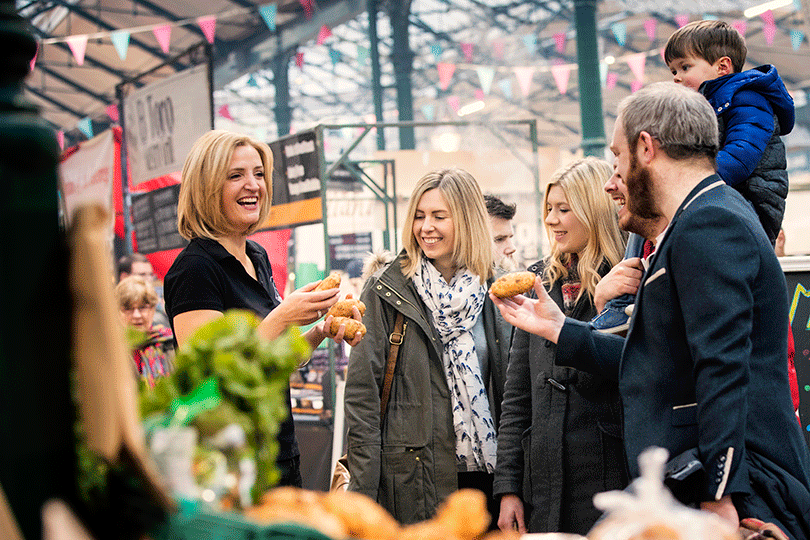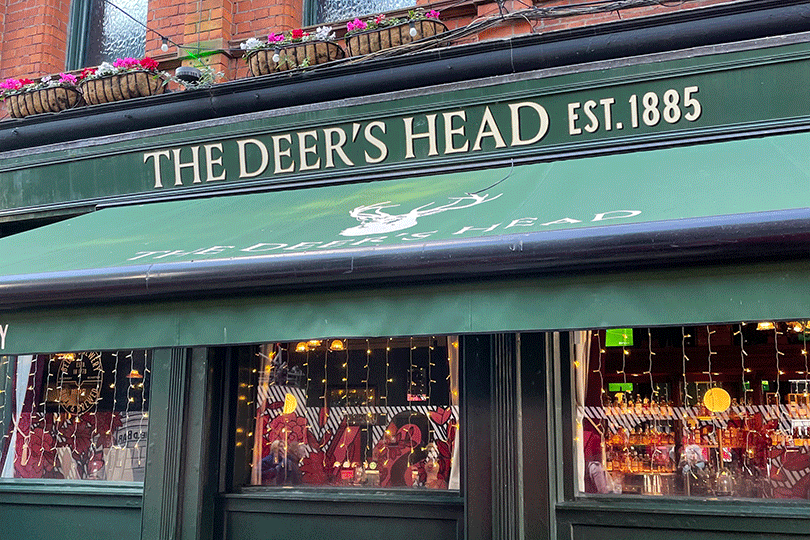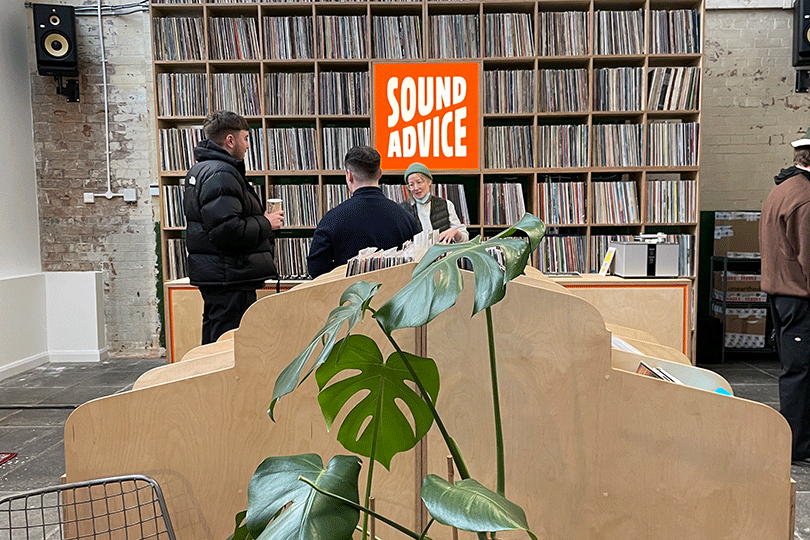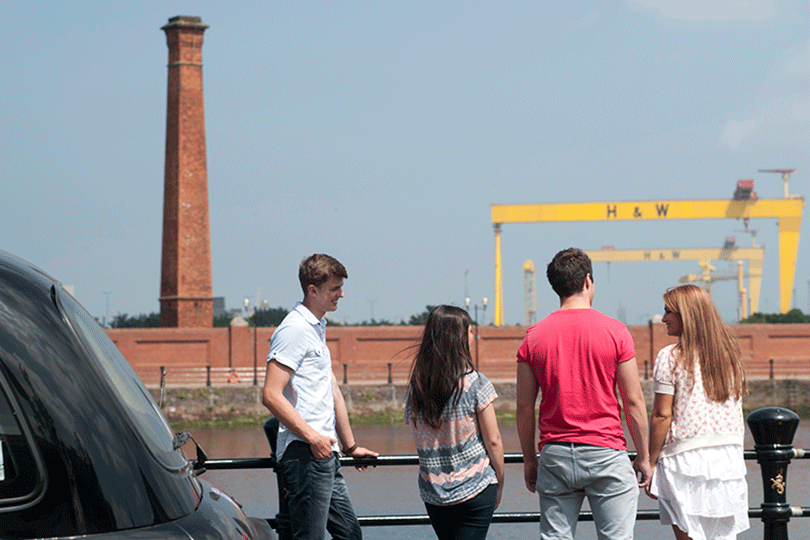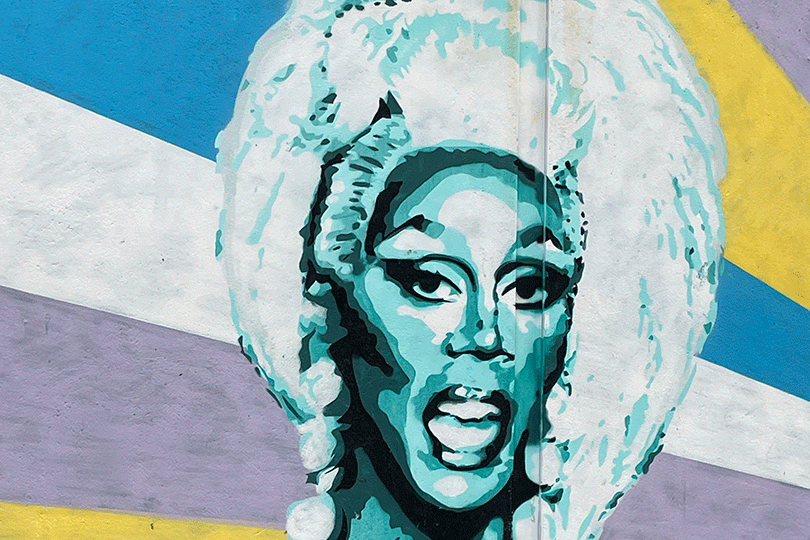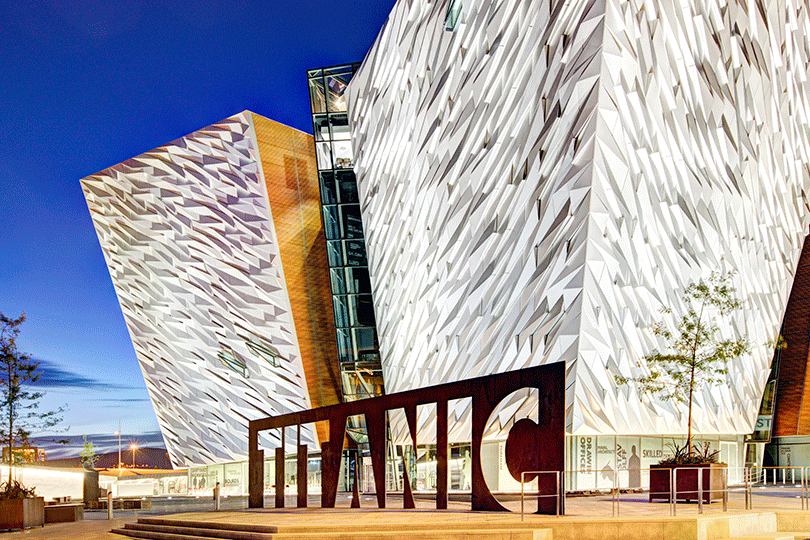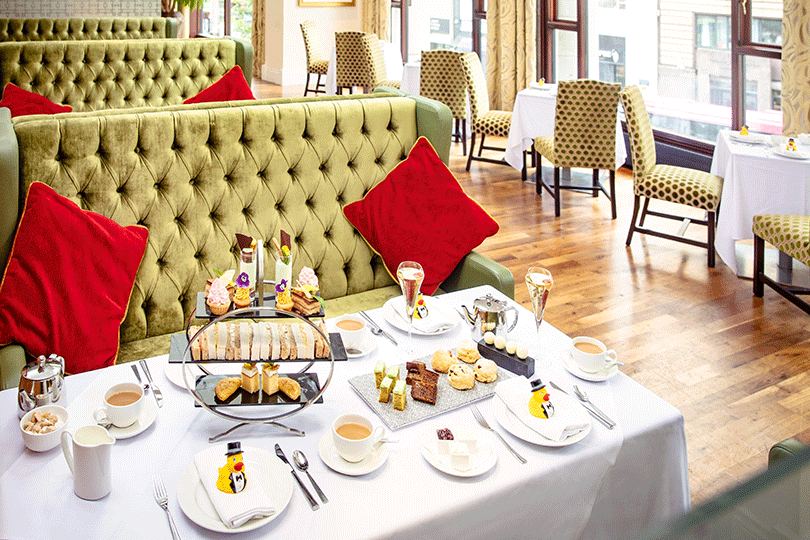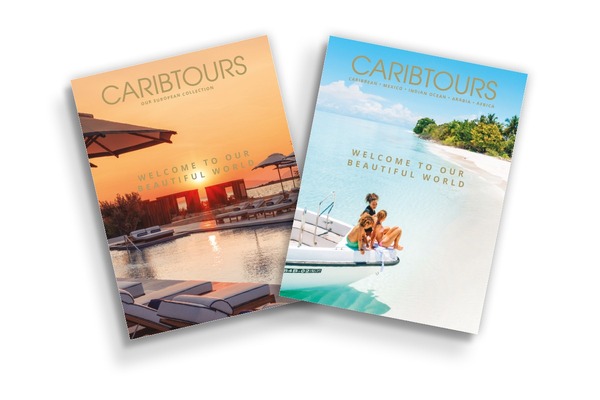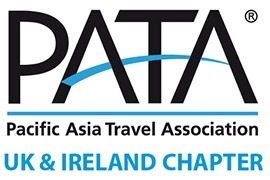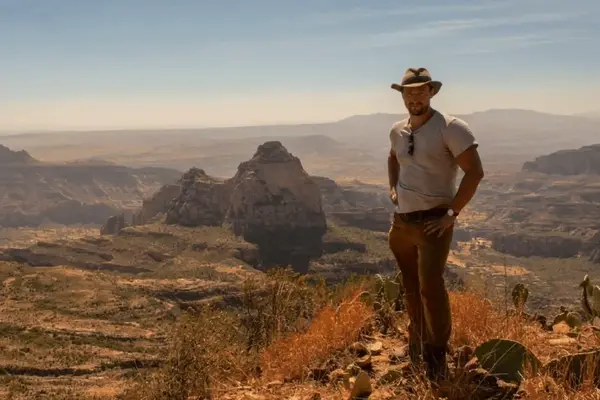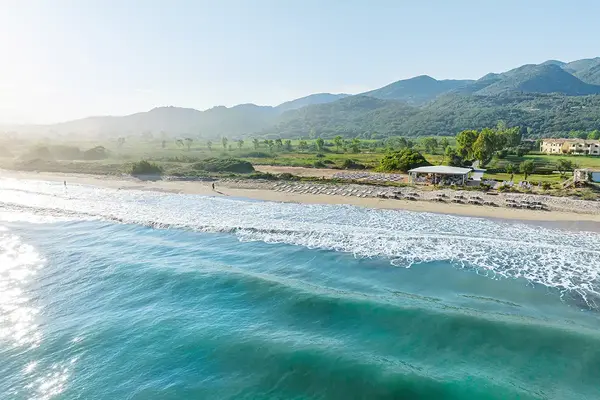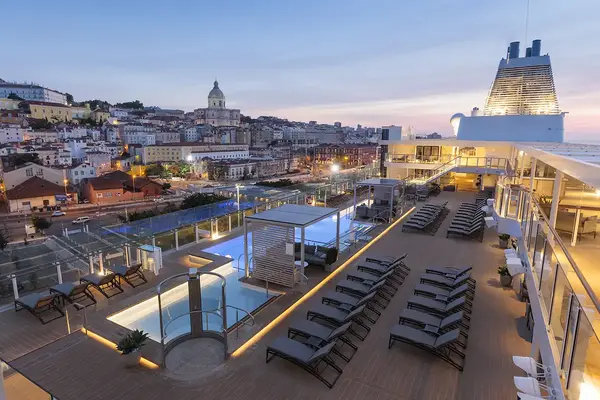Getting a taste for the new movie-star city of Belfast
From mouth-watering foodie explorations, to thought-provoking tours of a divided district, the Northern Irish capital has much to offer, and it’s currently sitting beneath the halo of Kenneth Branagh’s Bafta-winning hit film, Belfast
Eating several types of cheese, delicious cannolis, veggie flatbreads and miniature pies, while also sipping prosecco, hot chocolate, micro-brewery beers and gimlet cocktails, all in the space of about three hours, was certainly a speedy way to digest what Belfast’s blossoming food scene has to offer right now.
Founder of Taste&Tour Caroline Wilson was my guide for a shortened but speedy version of her firm’s headlining Belfast Food Tour. After meeting at the iconic City Hall under a smattering of drizzle I ran alongside her to the first stop, Sawers, a legendary spot in the city whose colourful window is an indication of the Aladdin’s Cave beyond, full of fine Irish produce and treats from must be almost all countries of the world.
Sawers dates to around 1897 and even has its own range of jams, marmalades and chutneys, some of which I dabbled in, along with a glass of fizz: “all the glasses there are made from recycled materials”, Caroline is quick to point out, “we insist on these kinds of things”.
She also insists on digging out the real gems of the food and drink scene, which include Co Couture, down some steps and behind a blink-and-you-miss-it doorway, where some of the city’s most magical chocolate creations are hiding. I wolfed down a pistachio cannoli — tube-shaped Italian pastries with a sweet, creamy ricotta filling – and slurped a divine hot chocolate before we headed on to one of the jewel in the city’s crown, St George’s Market.
Dating back to the 1890s, this weekend market focuses on city produce and crafts on Saturdays, and local musicians belted out some folk tunes as we walk in. I caught my breath for a minute and enjoyed a healthy Middle Eastern vegetarian flatbread wrap from the Nomad Kitchen stall, not to mention a shot of apple cider vinegar: thought to be good for the digestion, thanks to its natural yeast and probiotics, and I needed that on this tour.
Along the way, we also stopped at the charming Jailhouse pub for a gin gimlet and a quick mixology demonstration, and there was also soon time for a pint: of course, it was brewed in the city.
How to get ahead
The Deer’s Head dates from 1885 and recently benefitted from a brush-up to provide a smart version of a traditional Irish saloon bar. But this place is more than just a pretty face now.
During lockdowns, rather than fret about the future of the business, its owners decided to embrace the future and create a micro-brewery on site, launching Bell’s Brewery and turning The Deer’s Head into Belfast’s first and only brewpub.
The original Bell’s Brewery dates back to 1778, when founder John Bell operated one of the first-known commercial breweries in Belfast, kicking off a beer revolution in the city, and The Deer’s Head has brought a little of that heritage back to life. You can sit and watch the whole brewing process behind huge glass screens, while enjoying three of its best wares in a beer flight, teamed with a trio of miniature pies which were scrumptious too – I could have sat there for hours.
No time for that though: back on the streets, where art streaks along many hoardings and walls giving bursts of colour, it was onto the last stop. Heading past The Sunflower – hailed by those in the know as one of the best pubs in Belfast for live music – we got to meet someone who brilliantly does what it says on his tin: Mike’s Fancy Cheese. Set on Little Donegall Street in the Cathedral Quarter, Mike Thomson’s divine Irish cheeses sit alongside charcuterie and chutneys, and as a final stop, this did not disappoint.
I headed to the east of the city after this, and it felt as if we were driving more into Belfast’s core, away from shiny new tower developments and “artisanal”-everything, past housing estates and getting a glimpse of local life away from tourist attractions.
Changing times
But this part of the city is becoming something of an attraction in itself and has its own set of tours to offer, including Van Morrison tours, the C.S. Lewis Trail (there is an actual wardrobe installation, from one of his famous fantastical novels, The Lion, the Witch and the Wardrobe), or an EastSide Voices Conflict Tour, where you can hear authentic stories of conflict and division, as well as how people are now working together to promote community-led tourism and peace building.
One refreshing new arrival, aimed at attracting a new generation of visitor to the area and highlighting its burgeoning creativity is Banana Block, a “living museum” and events space set within a historic linen mill, part of the Portview Trade Centre on Newtownards Road.
Banana Block draws on a story from 1911 when William Richardson, head gardener to former Lord Mayor of Belfast, Sir Otto Jaffe, cultivated ripe bananas in this part of Belfast. On a tour of the space, I could see that the bananas are back, growing in the centre of the space, along with a Velocheese stall, a stall for grow-your-own mushroom cultivators Hearty Growers, and the Sound Advice record shop, as well as a zero-waste café – it’s a hipster revolution in the making.
In the west of the city, while it may not seem as trendy yet, a similar growth is occurring, with locals create fascinating interpretations of their culture and identity, whether that be access to the Belfast Hills, or helping visitors experience the hub of what’s often dubbed Europe’s largest outdoor and free public art gallery: the famous wall murals.
One way of seeing some of the murals and getting an insight into what they mean and why they are where they are, is to take one of the city’s famed black cab tours.
These take you deep into the heart of communities where murals depict the history and political views of both sides of the story, and are also a way of marking territory: the east is predominantly protestant and unionist, while the west of Belfast is mostly catholic and nationalist.
Tumultuous tours
Sworn to be unbiased no matter what part of Belfast they hail from, the black cab drivers take their passengers to see key murals and landmarks, weaving in the stories and pain behind the pictures.
These hand-painted adverts of anguish are not just messages of unionist or nationalist support though, some of the murals give life to a wider range of protest voices and struggles these days – both local and global, even climate change.
One of the most poignant stops for me was the “peace wall”: a three-mile concrete and barbed-wire division built between the two communities to try and prevent the harm of direct conflict. Its length is covered in messages from people passing by and the cab driver tells me it’s still required some days, as the tendency to violence lives on among some locals – exacerbated recently by Brexit and Covid lockdowns.
Most of the murals emerged during the Troubles of 1968-1998, when the city endured bitter conflict between those who wanted Northern Ireland to remain a part of the UK, and others who wished to unify with the Republic of Ireland.
It’s those early days of the Troubles that also sparked Sir Kenneth Branagh’s film Belfast, a semi-autobiographical story set in in the late 1960s, which won Outstanding British Film at the Baftas in March.
The film is sound tracked by Van Morrison which helps soup up its nostalgic atmosphere, and it starts in swooping technicolour as if a tourist office trailer. It then switches to black and white scenes of 11-year-old Buddy’s family, who live in a mainly protestant part of Belfast, harmoniously beside a few Catholic families, but the community starts to turn on each other. A black and white film about the Troubles was “not an easy pitch”, Branagh said when accepting the Bafta, but enough people listened, with the film having received six nominations.
“The city of Belfast is most definitely in the spotlight at the moment with the new Belfast film directed by Sir Kenneth Branagh doing so well in cinemas everywhere. We hope this will lead to a heightened interest in Belfast and encourage GB visitors to plan a trip,” says Julie Wakley, Tourism Ireland’s head of Great Britain.
Anniversary appreciation
Further encouragement to visit might come from Titanic Belfast, celebrating its 10th anniversary. The immersive attraction sits on the River Lagan, in the very places RMS Titanic was designed, built and launched, including the original Harland & Wolff Drawing Offices.
Inside, there are nine galleries, but I signed up for the Discovery Tour on a chilly morning. It’s a 60-minute guided walk, and you listen through the headset provided as you roam the area.
The engaging guide points out marks in the ground that track the path of the ship and the historic slipways of where it left the drydock, while talking of life at the time of building Titanic, when the whole shipyard had 15,000 workers. And of course, always in the distance are the iconic yellow structures, the giant cranes of Harland & Wolff, affectionately known as Samson and Goliath.
Elsewhere in the city, another celebration is taking place – that of The Europa, which is currently marking its 50th anniversary. The hotel has an obvious connection to the city’s history, having the unusual reputation of being the world’s most-bombed hotel – it was targeted 33 times between 1970 and 1994.
The Europa was bought by the late Sir William Hastings in 1993, a visionary who took a punt on it when few people would ever have thought Northern Ireland would have a thriving tourist industry; he spent £8 million on it and reopened in 1994. Successive investments have seen it hold its own as a popular place to stay in one of its 272 rooms, many of which will have been renovated by the spring.
Options include the redecorated Superior rooms, with new soothing green tones, bevelled mirrors and brushed brass furnishings, along with vast views of the Linen Quarter below. All rooms will eventually be individually air-conditioned, have automated window blinds, and super comfortable Cloud Beds, made locally by King Koil.
And to mark the anniversary, there is now an historic tribute installation in the lobby, a floor-to-ceiling display that tells the story of the city and the hotel’s life within it; there’s even a special 1970s menu and cocktails available to mark the occasion. Slainte!
How to book it
Rooms at The Europa start from £95 per night. For information on Belfast, go to ireland.com

